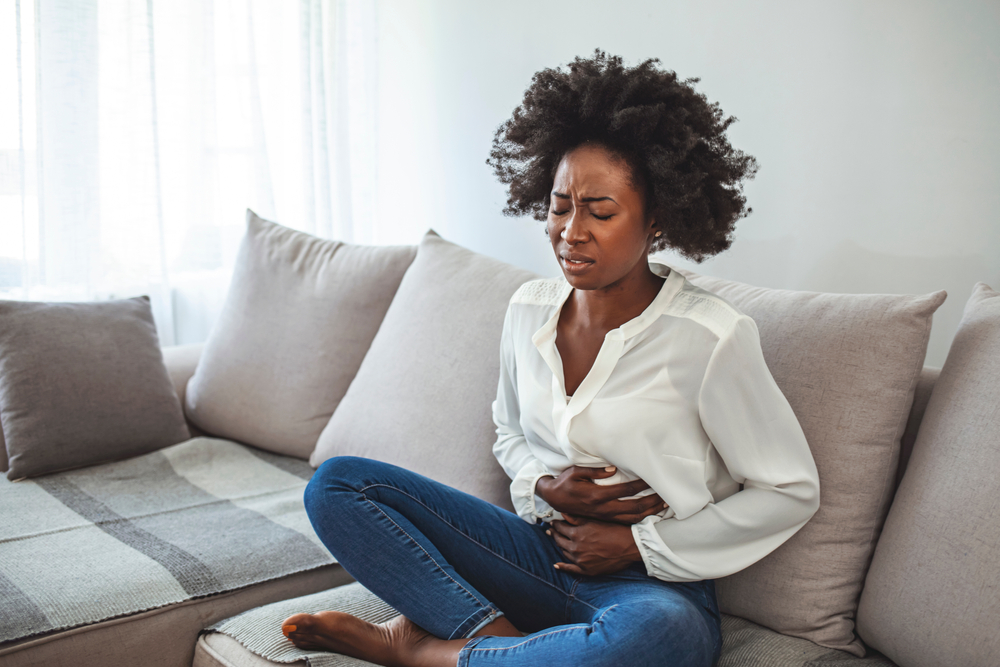Virtual reality may be a way for women with endometriosis to find short-term relief, according to a new study.
Conducted by researchers from Flinders University and Western Colorado University, the study featured twenty-two women who had pelvic pain as a result of their endometriosis struggles. They were split into three groups- one of which used virtual reality, one of which used telehealth exercise and a control group.
Using a visual analog scale, a measuring tool used to rate pain, the researchers found that the women who used the virtual reality system recorded less of an increase in pain. The telehealth exercise system also recorded less pain, leading the researchers to conclude that these methods are the most effective ways to reduce pelvic pain for women with endometriosis.
“Our study suggests that a single bout of a ‘self-managed’ VR-delivered exercise may be as effective as a single session of supervised telehealth-delivered exercise in providing immediate relief from pelvic pain associated with endometriosis,’ said Dr. Joyce Ramos, an exercise physiologist at the university and lead researcher of the study, in a statement. “These findings are consistent with a previous study which demonstrated that a 10-to-20-minute VR session was able to alleviate pain in participants with chronic pain and endometriosis.”
“The previous study results show the VR group had a 36.7% reduction in global pain scores during the intervention period when compared to the control group,” she added.
Known as a disease that’s centered in the uterus, endometriosis involves tissue that’s similar to the uterus lining growing outside of the uterus. Symptoms of endometriosis include fertility issues, pelvic pains, painful periods, nausea, fatigue and mental health issues such as depression and anxiety. Currently, there’s no cure and only the effects of it can be managed.
As of 2022, nearly 10% of women have been diagnosed with endometriosis, according to the World Health Organization. While white women are more often listed as the demographic who struggles with the disease the most, Black women may be underrepresented because of a lack of diagnoses, according to a 2019 study published in the Obstetrics & Gynaecology journal. They’re often misdiagnosed with other health issues, such as uterine fibroids because they’ve been disproportionately found amongst Black women.
Other contributors to this lack of diagnosis include issues in the healthcare system. Implicit bias, negligence and other forms of racism in the medical world combined with costly medicine plans are all contributors to diagnoses and early treatment for Black women with endometriosis.








